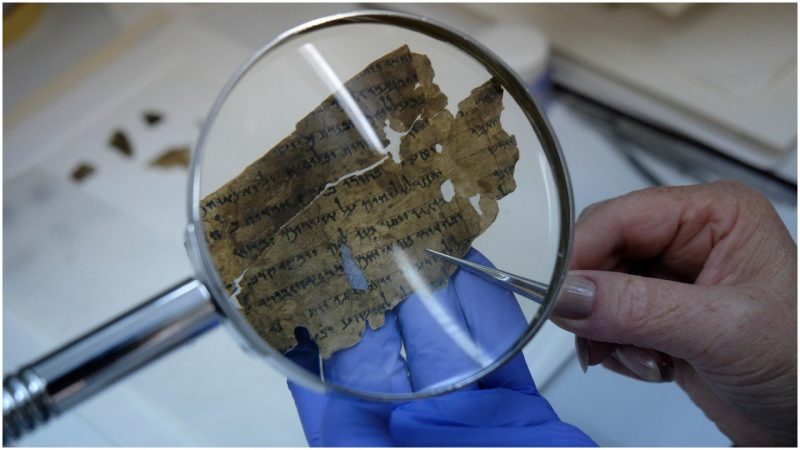In late October 2018, the Museum of the Bible in Washington, D.C. removed five Dead Sea Scroll fragments from public view after testing indicated that they were fakes.
The Dead Sea Scrolls are Jewish texts that date to the days of Jesus, discovered in caves at Qumran near the Dead Sea 70 years ago.
The Museum of the Bible is a charitable museum. It opened in November 2017, showcasing artifacts that span 3,500 years of history.
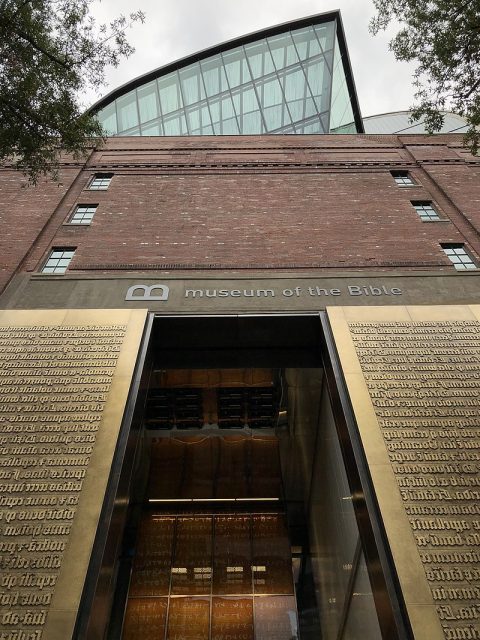
The $500 million museum, largely funded by the evangelical owner of Hobby Lobby, purchased a number of fragments of the Scrolls for its collection.
But museum officials were forced to announce that five fragments showed “characteristics inconsistent with ancient origin.”
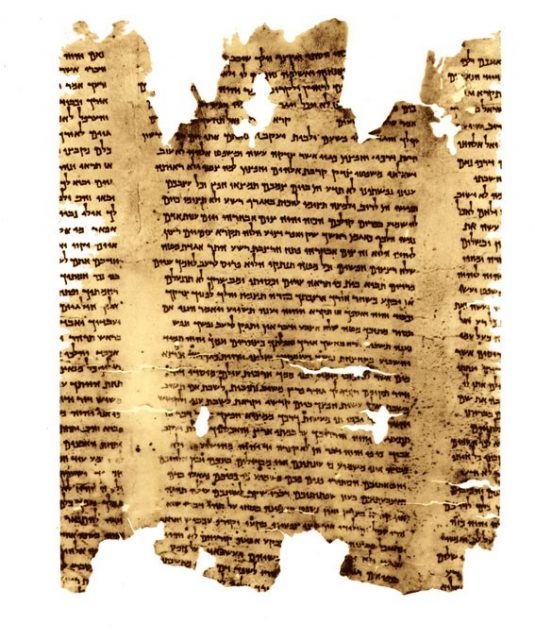
The museum is not disclosing who the fake fragments were purchased from.
“Though we had hoped the testing would render different results, this is an opportunity to educate the public on the importance of verifying the authenticity of rare biblical artifacts, the elaborate testing process undertaken and our commitment to transparency,” said Jeffrey Kloha, Ph.D., chief curatorial officer for Museum of the Bible, in a statement. “As an educational institution entrusted with cultural heritage, the museum upholds and adheres to all museum and ethical guidelines on collection care, research and display.”
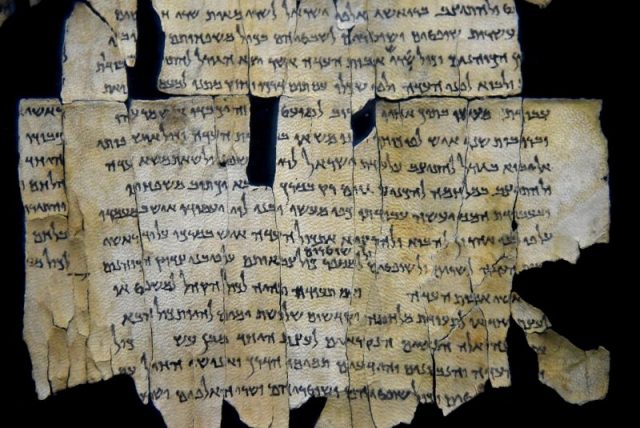
The research of the fragments focused on “scribal quality and technique in the penning of the texts as well as the physical composition and current state of the manuscript media.”
The museum sent five fragments to the German federal material research institute, BAM, for 3D digital microscopy, scanning X-ray fluorescence (XRF) and energy-dispersive x-ray spectroscopy (EDX) material analysis of the ink, sediment layers, and chemical nature of the sediment.
Museum officials declined to say how they determined the fragments were fakes, because they don’t want people who engage in fraudulent scrolls and relics to know what mistakes to avoid.
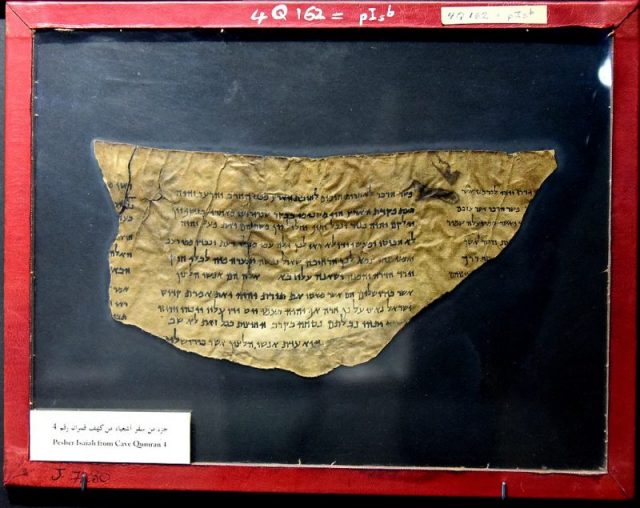
An article posted on CNN in late 2017 had challenged the authenticity of the fragments, with the headline “Mystery at the New Bible Museum: Are Its Dead Sea Scrolls Fake?”
In the article, academics and religious scholars wondered if the fragments purchased by the new museum were too good to be true.
The Dead Sea Scrolls, adding up to more than 800 documents, were written between 200 BC and 70 AD, and contain parts of every book of the Old Testament except for the Book of Esther.
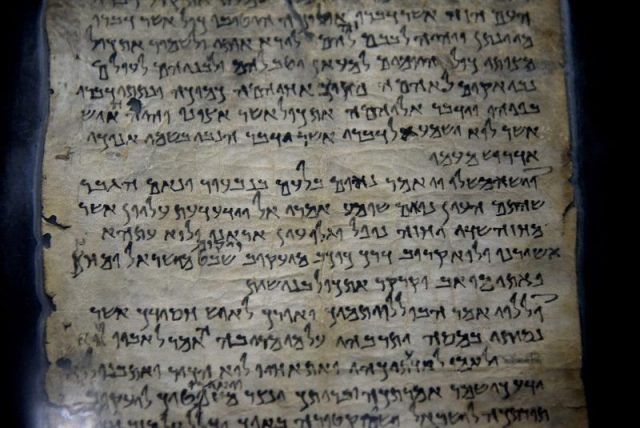
“The first of the writings were discovered in 1947 in a cave near the shore of the Dead Sea and are believed to have been produced by a Jewish sect known as the Essenes,” according to The New York Times. “Only a handful of the scrolls were found intact; most are fragments that scholars have reconstructed into hundreds of different manuscripts. Nearly all are housed in Jerusalem.”
However, in the last 15 years a number of private collectors say they have somehow obtained fragments of the Dead Sea Scrolls.
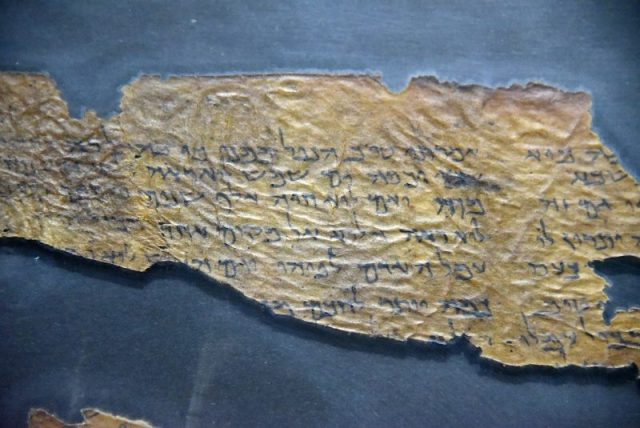
On the website of Arstein Justnes, a professor of biblical studies at the University of Agder in Norway, scholars and scientists have identified more than 70 Dead Sea Scroll fragments that surfaced on the antiquities market since 2002. Ninety percent of those are fake, Justnes says, including the ones at the Museum of the Bible.
Gary A. Rendsburg, a professor of Jewish studies at Rutgers University, said, “There were those who immediately said, ‘These have to be forgeries.’ There couldn’t possibly be — from the exploration from the 1940s and ’50s — dozens of fragments sitting around that look like they came out of the cave yesterday.”
Steve Green won’t say how much his family spent on the fragments. But other evangelicals, including a Baptist seminary in Texas and an evangelical college in California, have paid millions to purchase similar pieces of the Dead Sea Scrolls, reported CNN.
Read another story from us: Hobby Lobby smuggling ring
Hobby Lobby had been investigated by the federal government for importing ancient Mesopotamian artifacts to the U.S. In July 2017 Hobby Lobby agreed to forfeit these artifacts that, it was revealed, had been illegally imported from Iraq.
